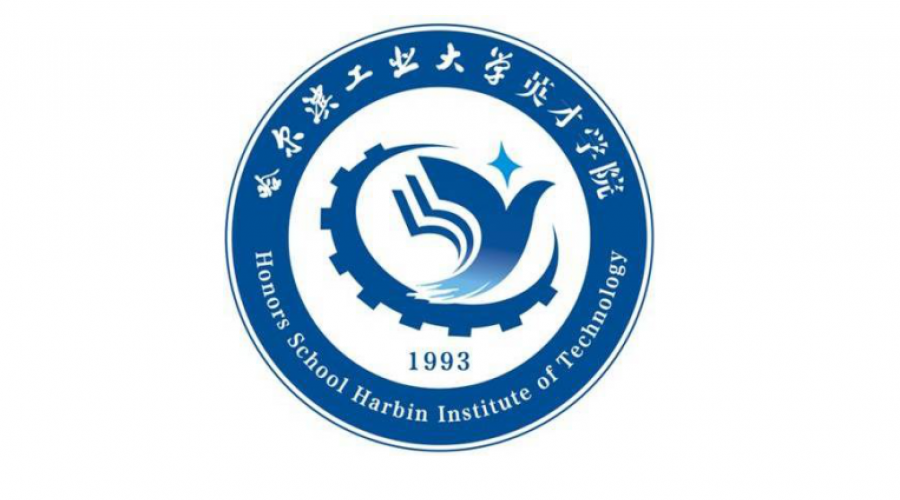应英才学院姜永远教授邀请,香港理工大学Dangyuan Lei助理教授做客英才学院知新讲坛,将就香港理工大学教育教学、研究生申请相关政策进行宣讲,以及作题为“Nano-optics of Strongly-coupled Plasmonics Nanocavities”的学术报告,欢迎物理、电气、材料及对此感兴趣的老师和同学们参加。
第一部分:香港理工大学教育教学、研究生申请相关政策宣讲;
第二部分:“Nano-optics of Strongly-coupled Plasmonics Nanocavities”报告
时间:2018年9月15日(周六)上午10:00
地点:哈工大一校区 格物楼703报告厅
简历:雷党愿分别于2005年,2007年和2011年在西北大学,香港中文大学和伦敦帝国理工学院获得物理学学士,硕士和博士学位。他自2012年9月起担任香港理工大学应用物理系助理教授。他的主要研究活动包括纳米光子学和纳米材料研究,尤其是纳米级的等离子体增强光物质相互作用及其在能量收集,光电器件和生物光子学。自2007年以来,他发表了105篇期刊文章,其中包括在《自然通讯》、《光:科学与应用》、《物理评论快报》、《先进材料》、《先进功能材料》、《Small》、《纳米快报》、《ACS纳米》、《材料化学》等的35篇,引用文献3100篇,H指数为34(截至2018年9月,来自谷歌学术)。他的两篇文章分别被选入RSC“新兴调查者”主题期刊《材料化学杂志》(2016)和《光学杂志》(2017)IOP“新兴领导者”版。他曾获得多项著名奖项,包括伦敦帝国理工学院颁发的“副校长奖”(2008-2011)和“安东·索恩博士论文奖”(2012年),香港研究资助局颁发的“早期职业奖学金” (2013年),深圳市科学技术创新委员会发的(2013年和2014年)市科学技术项目奖,皇家学会国际交流奖(2016年),悉尼科技大学关键技术合作伙伴访问学者(2017年)等。
Abstract: Nanoplasmonics research focuses on the nanoscale light-matter interaction in metallic nanostructure-based cavities and their diverse applications in optoelectronics, biochemistry and energy harvesting [1]. Recent remarkable developments in this field have expanded to quantum plasmonics [2], topological graphene plasmons [3], nonlinear plasmonics [4], parity-time-symmetric plasmonics metamaterials and metasurfaces [5], and exciton-cavity strong coupling [6]. In this talk, I will present our recent research on the nanoscale optical properties of strongly-coupled plasmonic nanocavities, namely plasmonic particle-on-film golden junctions. Specifically, I will discuss plasmon mode hybridization and decomposition in such interesting cavities [7] and their fascinating nano-optics effects such as plasmon-tailored photoluminescence [8], symmetry-breaking enhanced nonlinear optics, plasmonic magnetic resonance induced second-harmonic generation, cavity-mediated plasmon-exciton coupling in two-dimensional materials, cavity-enhanced generation of plasmonics hot carriers for boosting the photocatalysis efficiency [9] as well as quantum charge transport in molecule-filled 3D plasmonics nanocavities [10]. Finally, I will briefly discuss future prospects of plasmonics and nanophotonics in biochemical sensing, super-resolution imaging and light-triggered energy conversion. In the end of my talk, I will briefly review the opportunities, admission requirements and application procedures of postgraduate studies in Hong Kong universities.



